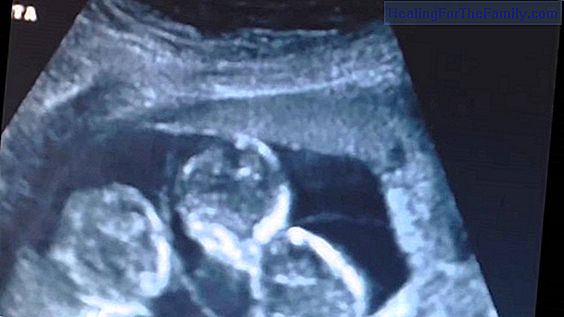Ovulation test to achieve pregnancy
When we decide to become pregnant, can help us achieve our objective to know what are the most fertile days to be able to become mothers. The unfertilized egg has a life of just 24 hours, hence the importance of knowing the exact moment of ovulation that occurs monthly to be more successful in conce
When we decide to become pregnant, can help us achieve our objective to know what are the most fertile days to be able to become mothers.
The unfertilized egg has a life of just 24 hours, hence the importance of knowing the exact moment of ovulation that occurs monthly to be more successful in conception. This is precisely what the ovulation tests offer us.
How ovulation tests work to achieve pregnancy

Ovulation tests are tools that measure the level of the hormone LH through urine. This hormone is secreted around two or three days before ovulating.
Experts recommend to always take the test at the same time to know more accurately the days when the hormone reaches its maximum value, thus detecting the moment in which sexual relations could increase the chances of conceiving.
Ovulation tests are similar to pregnancy tests. They usually have a control part and a reactive part. When the reactive band in contact with the urine becomes darker than the control band, it indicates that the hormone values are higher so that we would be close to ovulation. If we have a positive ovulation test, it means that ovulation is approaching.
If it never comes out positive it can be, among other reasons, because we have anovulatory cycles in which we do not ovulate. On the other hand, if it always comes out positive it may be because we have polycystic ovaries.
When to perform the ovulation test
Depending on the duration of our menstrual cycle we will have to perform the ovulation tests at one time or another. For example, for regular cycles of 28 days we should start doing the ovulation tests around 11 days after the start of menstruation.
If, on the contrary, our menstrual cycle is not regular, we will have to perform more ovulation tests to determine which are the most fertile days to be able to get pregnant.
In addition to our menstrual cycle we can use other indicators to know when to perform the ovulation tests. One of these methods is to measure the basal temperature, that is, the lowest temperature the body reaches at rest. This temperature increases when we are ovulating and can help us as an indicator to do the ovulation tests and to know our fertile days.
Another indicator of the days of ovulation is cervical mucus. Experts say that the most fertile days of the woman coincide with the appearance of a mucus with an aqueous texture, which forms hilillos, and that resembles the egg white.
We can also use the AVA bracelet, which monitors 9 physiological parameters, including heart rate at rest, skin temperature, sleep, or respiratory rate, among others, to detect fertile days up to 5 days in advance. 89 percent accuracy, according to a study conducted by the University Hospital of Zurich.












